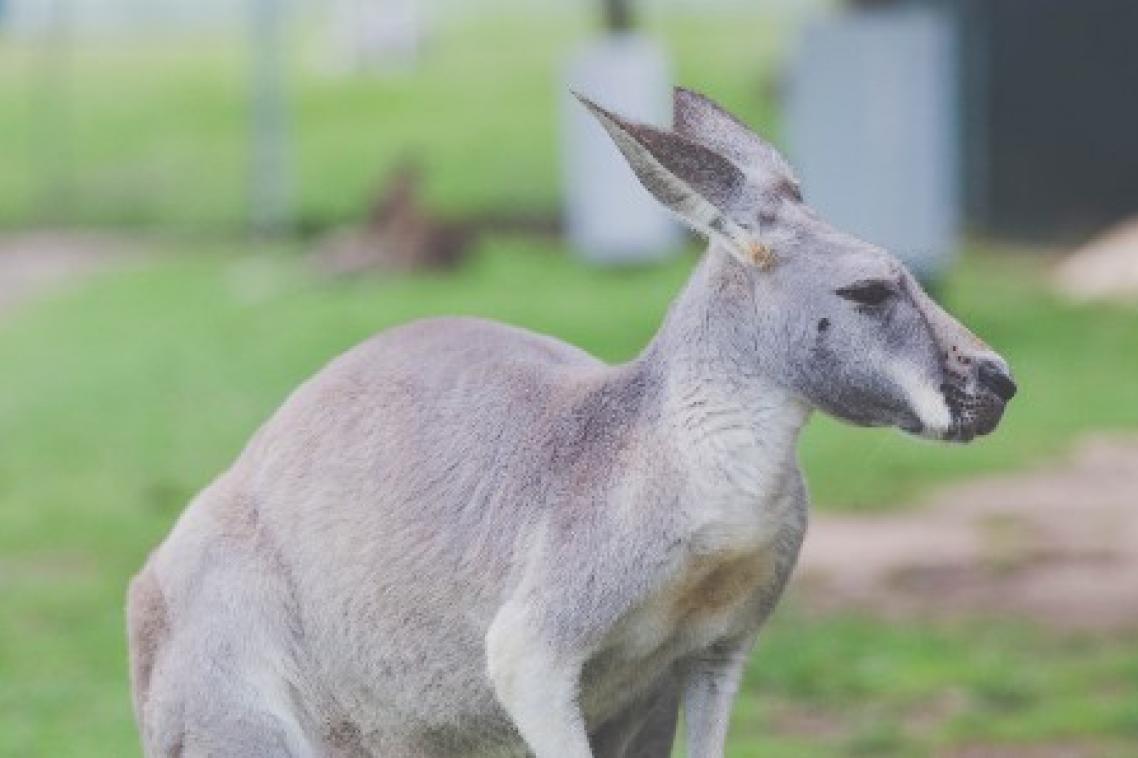Marsupials low-methane footprint could help fight climate change

Researchers are aiming to unlock the microbial secrets of native Australian animals’ low-methane digestive footprint and how environmental changes might disrupt this relationship.
Findings from this University of Queensland-led project could translate to a better understanding of food digestion in people and livestock.
UQ scientists Professor Mark Morrison, Dr Rochelle Soo and Dr Paul Evans will begin studying methane-producing microorganisms called ‘archaea’ from herbivores including kangaroos, wombats, and koalas, and compare their behaviour with similar microbes from livestock and humans.
“Archaea live in the digestive tracts of many animals, but we don’t yet know the reasons why some of these animals appear to release less methane during food digestion than others,” Professor Morrison said.
"A better understanding of this relationship could potentially help scientists find ways to reduce methane emissions in livestock, decrease greenhouse gas emissions from the agricultural sector and positively impact climate change.
“The methane-producing archaea found in some native Australian herbivores appear to be quite different to those found in other animal hosts, like cattle, sheep and humans.”
Professor Morrison and his team will use molecular and genomic sequencing methods to investigate what features make the archaea from the different host animals unique.
“We believe these differences can be defined and will ultimately provide new opportunities to monitor and manage these methane-producing populations in animals, and their impacts on the environment and society,” he said.
“For instance, the presence of methane-producing archaea is not uncommon in humans, and their presence has been linked with some digestive symptoms, like constipation.
“Interestingly, some types of methane-producing archaea from other animal species may use materials that are considered to be risk factors for cardiovascular disease in humans.
“While not the focus of our project, we do hope our discoveries in the biology of methane-producing archaea from native Australian herbivores might ultimately be useful to understand and manage host-microbe relationships in people and livestock.”
This research is a collaboration between UQ’s Diamantina Institute, School of Chemistry and Molecular Biosciences, and the Australian Centre for Ecogenomics.
The research grant is one of 47 UQ projects awarded an Australian Research Council Discovery Project for 2021.
Media contacts
UQ Communications
communications@uq.edu.au
+61 429 056 139
Related articles

New data reveals how Australia’s threatened reptiles and frogs are disappearing – and what we have to do

Long-sought environmental law reform is finally here. But will the compromise deal actually protect nature?
Media contact
UQ Communications
communications@uq.edu.au
+61 429 056 139
